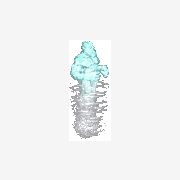Active Directory UDF
-
Similar Content
-
- 10 replies
- 5,042 views
-
- 5 comments
- 117,830 views
-
- 0 replies
- 3,722 views
-
Using the PowerShell Group Policy Module with AutoIt
By AdamUL,
- powershell
- group policy module
- (and 3 more)
- 0 replies
- 6,790 views
-
- 6 replies
- 4,484 views
-




Recommended Posts